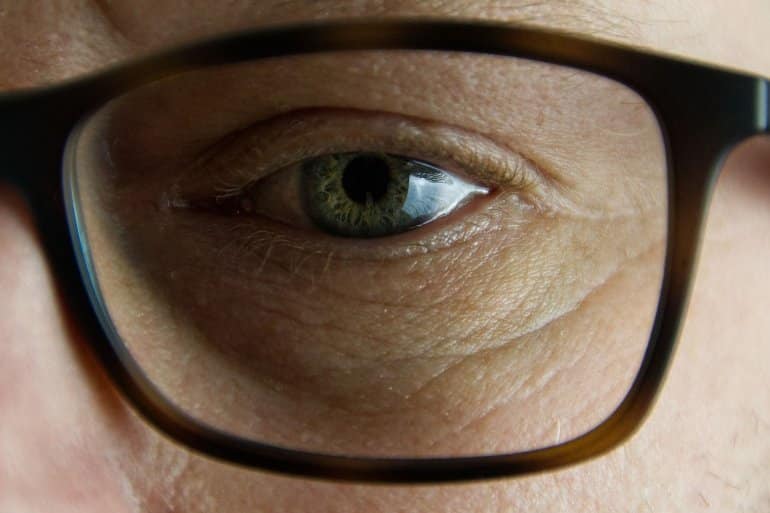Summary: A new study reports that a new gene therapy shows promise in treating dry age-related macular degeneration. The gene therapy, ophNdi1, directly targets mitochondrial function that is malfunctioning in AMD.
Source: TCD
Researchers from Trinity College Dublin have developed a new gene therapy approach that shows promise for treating the dry form of age related macular degeneration (AMD)—a progressive eye disease that affects up to 10% of adults over 65 years of age and is a leading cause of severe vision impairment and blindness in this age group.
Dry AMD cases represent about 85–90% of all AMD cases and there are no treatments available to treat or prevent disease progression, underlining the need for developing treatment options for this debilitating disease. In adults, many diseases of aging have been found to have defects of mitochondrial function, including AMD.
The team, in Trinity’s School of Genetics and Microbiology, have developed a new gene therapy (ophNdi1) that is the first of its kind to directly target mitochondrial function in cells that are malfunctioning in AMD.
Mitochondria are known as the “powerhouses” of the cell because they manage the production of energy but their performance dips greatly in dry AMD and this is linked to a deterioration in sight.
The new gene therapy cleverly uses a virus to access the cells that are suffering and deliver the code needed to give the failing mitochondria a lifeline, enabling them to generate extra energy and continue to function in supporting vision.
The therapy has shown benefit in multiple models of dry AMD, offering hope that it could one day progress to a treatment that could help millions across the globe.

Professor Jane Farrar, senior author, said, “Critically, this study provides the first evidence in models that directly modulating bioenergetics in eye cells can provide benefit and improve visual function in dry AMD. In doing so, the study highlights the energy powerhouses of the cell, mitochondria, as key targets for dry AMD.”
Dr. Sophia Millington-Ward, first author and research fellow in Trinity’s School of Genetics and Microbiology, said, “The novel gene therapy targeting cellular energy, or mitochondrial function, that we explored for dry AMD consistently provided benefit in the model systems tested.
“Many retinal cells, essential for vision, require particularly high levels of energy compared to most other cells, which makes them particularly vulnerable to mitochondrial dysfunction.
“The therapy we are developing directly targets mitochondrial function and increases energy production levels in the retina, which leads to better visual function in disease models of dry AMD.
“Although there is further work to be done before this could be made available as a treatment for patients, the results give us hope that we are getting closer to a solution to this challenging, debilitating condition.”
About this gene therapy and AMD research news
Author: Press Office
Source: TCD
Contact: Press Office – TCD
Image: The image is in the public domain
Original Research: Open access.
“AAV‐mediated gene therapy improving mitochondrial function provides benefit in age‐related macular degeneration models” by Sophia Millington‐Ward et al. Clinical and Translational Medicine
Abstract
AAV‐mediated gene therapy improving mitochondrial function provides benefit in age‐related macular degeneration models
With an estimated 196 million people suffering from age-related macular degeneration (AMD) in 2020 and predicted to increase to 288 million by 2040, dry AMD, representing 70%–90% of AMD cases, represents an enormous clinical need with no current therapies.
We have demonstrated that NDI1 and an optimised version of NDI1 (ophNdi1), a mitochondrial complex 1 equivalent from Saccharomyces cerevisiae, provide functional and histological benefit in two murine models of dry AMD as well as benefit in two cellular models of dry AMD. There are no drugs on the market for dry AMD.
However, there are currently a small number of candidate gene therapies in clinical trial (clinicaltrials.gov).
To our knowledge, this is the first demonstration that a gene therapy directly targeting mitochondrial dysfunction provides functional benefit in in vivo models of dry AMD, making this a novel approach to treating this devastating condition.







